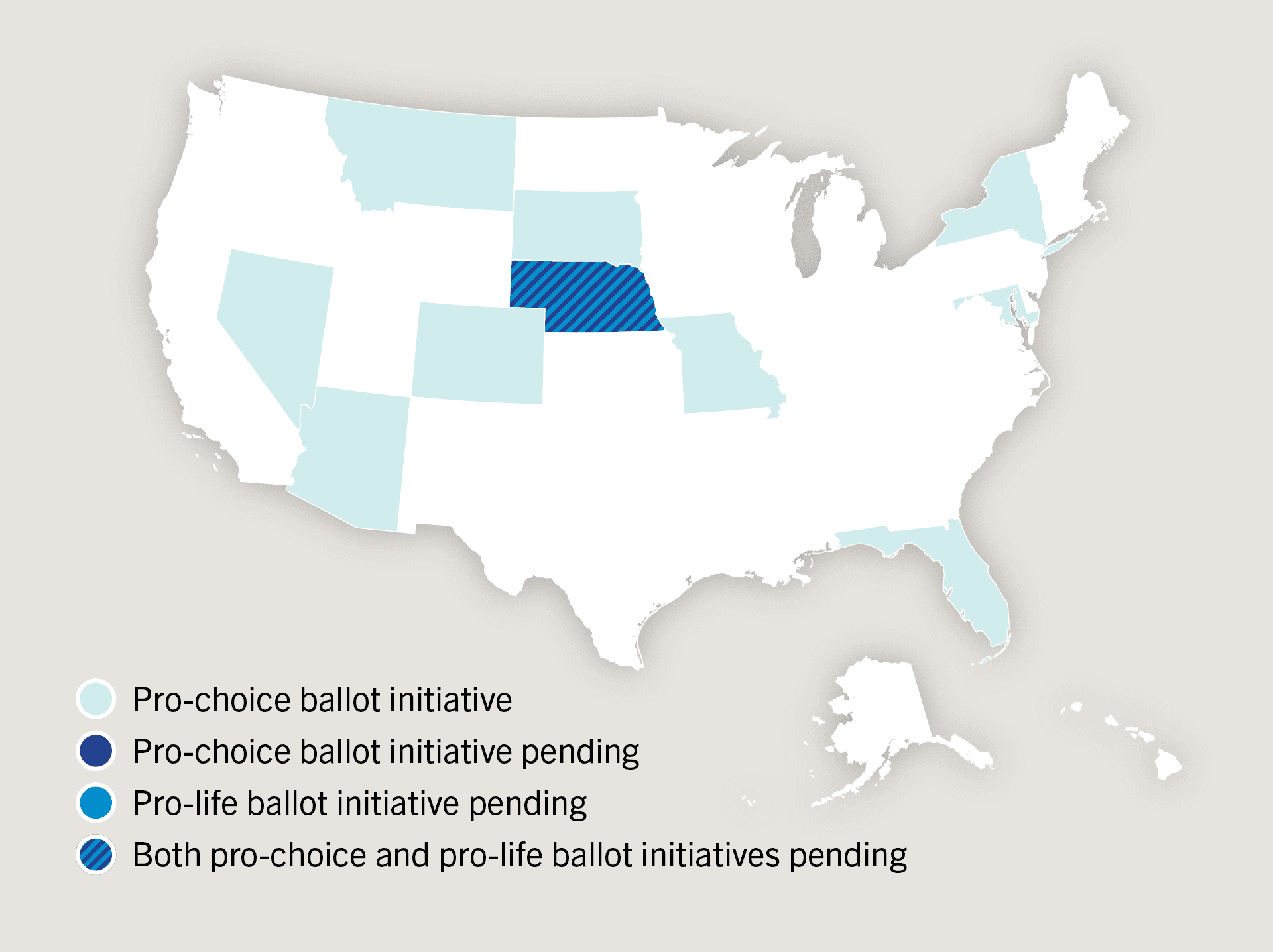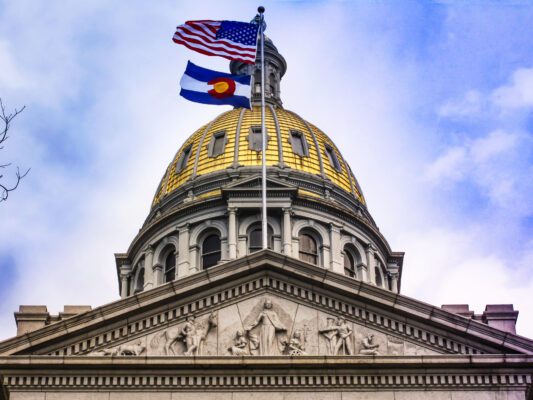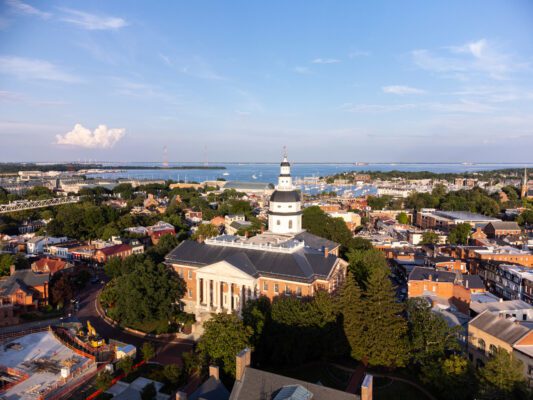The 2020 presidential election is still ongoing and has raised many questions. Here is an explanation of what’s happening.
Why is it taking so long to count the ballots?
The two primary reasons why ballot-counting is taking longer than usual, is because of high voter turnout and the process of counting absentee ballots (i.e., mail-in ballots).
Voter turnout has been higher than in normal elections, which estimates ranging from roughly 157.1 million to 165.0 million votes cast for president. This is likely to be the highest percentage of voter turnout since 1900, when 73.7% of eligible Americans cast ballots. Vice President Biden has already broken the record for most votes ever cast for a U.S. presidential candidate, beating President Obama’s 2008 tally.
The record number of absentee ballots has also slowed the counting. So far there have been almost twice as many absentee ballots as in person ballots (65.2 million compared to 35.9 million). Some states, such as Pennsylvania, are not allowed by their state laws to count any mail-in ballots until Election Day.
Because absentee ballots require additional steps to process, such as opening the envelopes and checking the names against voter rolls, they take significantly more time to process. That is why states like Texas and Florida, which were able to process their absentee ballots early and know their projected counts on the night of the election.
What are each candidate’s paths to victory?
For President Trump to win reelection, he needs to win Pennsylvania and three of the remaining states: Arizona, Georgia, North Carolina, and Nevada. For Vice President Biden to win the election, he needs to win Pennsylvania or two of the remaining states.
At the time of publication, Biden was leading in all states except for North Carolina.
What does it mean for media outlets to “call’ a race?
Media outlets create projection models to predict the likely outcomes of a race. Such models are based on criteria like exit polls and past elections and are usually based on a county-by-county breakdown. Some models also consider the relative number of absentee ballots and urban votes (which tend to skew Democrat) compared to election day ballots and rural votes (which tend to skew Republican). For this reason, where the remaining votes are in a state can help projection models determine the likely outcome. For example, if all of the historically Republican parts of a state have counted 100% of the vote but all the historically Democratic parts of a state have counted 0% of the vote, they may call the race for a Democrat losing the state by 1% if the exit polls show the Democratic areas will continue voting for the Democrat by a significant margin.
The two primary projection models are Edison Research’s National Election Pool (which is used by ABC, NBC, CBS, NBC, et al.) and AP VoteCast (which is used by the Associated Press and Fox News). The differing methodologie are why some media outlets project winners in certain states while others do not. The most prominent example from this election is the AP and Fox News calling the state of Arizona for Biden on the night of the election.
But while such projections help us know who the likely winner will be, the determination of who will be president is based on the official vote counts being certified by the Secretary of State for each individual U.S. state.
Could a recount change the outcome of an election?
Before the votes are certified, states can allow a recounting of the ballots. Each state has their own laws about when a candidate can request a recount. For example, Wisconsin law only allows for a recount if the margin in the race is within 1% (Georgia has already announced they will be conducting a recount). In many states, a candidate can also request a recount if there is evidence of fraud or significant error.
Recounts rarely change the vote count by more than a few hundred, and almost never change the outcome of race. For example, in the 2016 presidential contest, Wisconsin conducted a recount after Trump beat Sec. Hillary Clinton by more than 20,000 votes. The recount resulted in Trump gaining an additional 131 votes.
The most famous recount in presidential history was in the 2000 election. George W. Bush was leading Gore by about 2,000 votes on the night of the election. These results were contested, and after a statewide machine recount and partial subsequent hand recounts in some counties, the Supreme Court ordered an end to the process with Bush leading by 537 votes.
Has there been significant voter fraud in this election?
Currently, there has been no evidence that voter fraud has been occurring.
Trump’s campaign has filed lawsuits in Georgia, Michigan, Nevada, Pennsylvania. Judges in Georgia, Michigan, and Pennsylvania have dismissed the legal challenges.
In only one state—Nevada—have they officially claimed fraud was occurring. Trump tweeted that there was “plenty of proof,” but neither he nor his campaign have offered any proof at all.
There are numerous reasons why widespread election fraud is difficult, if not impossible, to pull off at the presidential level. Political parties appoint partisan poll watchers to monitor polling places and election offices. For instance, an election office in the Democratic stronghold of Detroit had 134 Republicans, 134 Independents, and 134 Democrats as poll watchers. Extensive research has shown that voter fraud is exceeding rare, that voter impersonation is virtually nonexistent, and that many instances of alleged fraud are merely mistakes by voters or election administrators.




